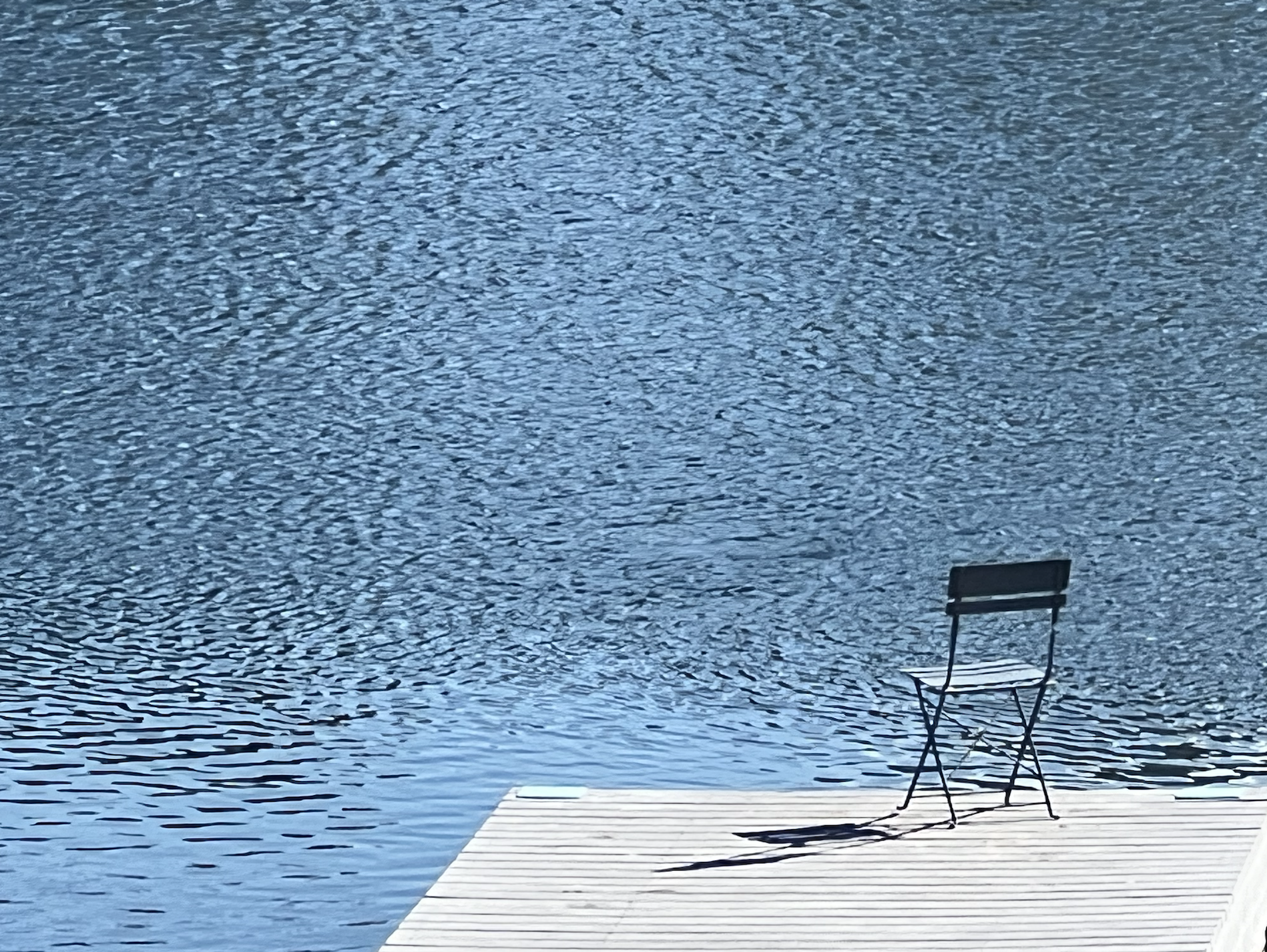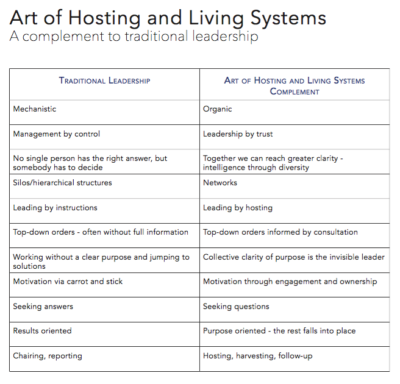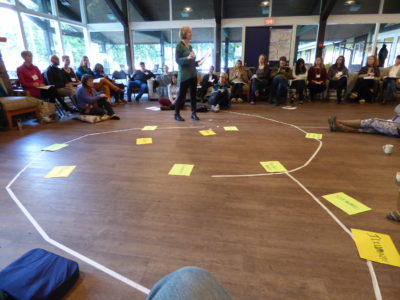My friend Christina Baldwin writes recently about flocking Starlings, murmurations, and what she suggests we humans can learn from them regarding our human organizing and participation in society. She writes about collective urgency.
Individual birds synchronize their flight by spatially tracking with the six or seven birds closest around them;
So first gather six or seven folks and empower one another: read and watch and talk together, practice taking actions, communicate outwardly. Hold onto one another.
Each small flock joins the larger collective, by slipping into activity already in motion;
Then with your small group join the next larger thing happening around you: where do you stand and with whom do you stand?
The great size and constantly shifting shape of the flock confuses predators: a hawk, for instance, cannot figure out how to get its talons around this mirage of energies;
This is the power of great marches: a sense of safety when moving in tens, or hundreds, of thousands in peaceful demonstration; occupying space, linking arms, singing the revolution into being. Is danger present? May someone get hurt? Even killed? Yes. It is always so. AND YET—the collective survives.
It is also believed that there is an exchange of information going on about good feeding grounds for the next day.
By acting in coordination, we leave messages, stories, maps,–evidence of our flight and fight, in these times when we rise together—a murmeration of starlings becomes an urgency of citizens.
The pictures and videos linked in Christina’s post are well worth following. They filled me with wonder.
For times such as these, I need the reminder, the simplicity, and the encouragement to have courage.
Thanks Christina and all who are murmering.





